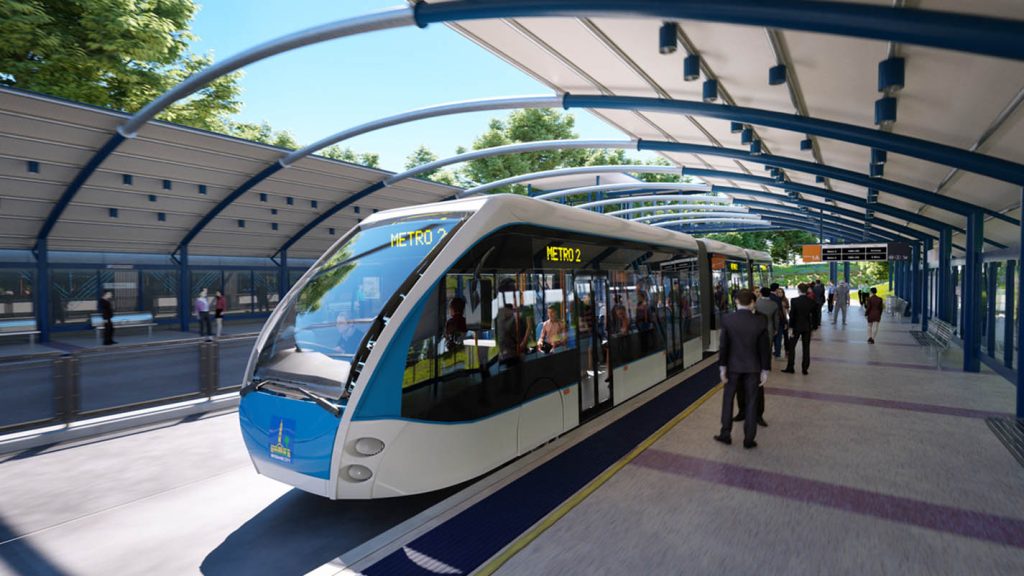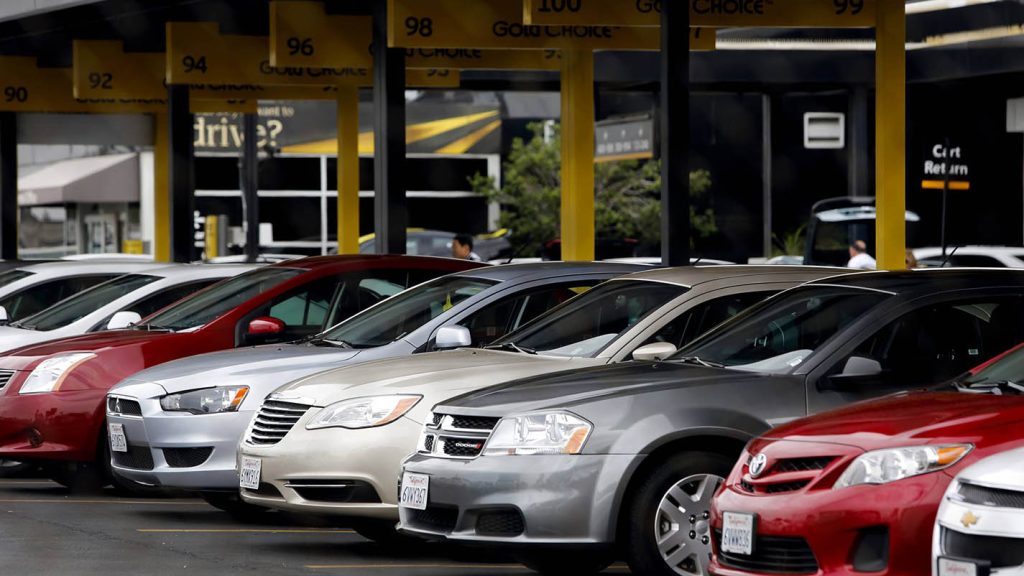Brisbane, the sun-soaked capital of Queensland, is a city brimming with culture, history, and natural beauty. Known for its friendly locals and laid-back vibe, Brisbane is a fantastic destination for travelers looking to explore Australia’s east coast. However, as with any city, having insider knowledge can significantly enhance your experience. In this detailed guide, I’ll share my top tips for navigating Brisbane, ensuring you get the most out of your visit.
Brisbane is a city that sprawls along the banks of the Brisbane River, with the Central Business District (CBD) serving as the heart of the city. The CBD is relatively compact and easily walkable, but the city’s attractions spread out into various neighborhoods, each offering its unique charm.
South Bank is just across the river from the CBD and is home to cultural institutions, lush parklands, and some of the city’s best dining. Fortitude Valley is the go-to spot for nightlife, with an array of bars, clubs, and live music venues. West End offers a more bohemian vibe, known for its eclectic mix of cafes, boutiques, and markets. If you’re looking for upscale dining and shopping, New Farm and Paddington won’t disappoint.
Best Times to Visit Brisbane
Brisbane enjoys a subtropical climate, meaning it’s warm and sunny for most of the year. However, the best time to visit is during the cooler months from April to September. During this period, you can expect pleasant temperatures ranging from 15°C to 25°C (59°F to 77°F), perfect for exploring the city without the discomfort of summer’s humidity.
Visiting during these months also means you’ll avoid the summer storm season, which can bring heavy rains and occasional flooding. Brisbane’s winter months are mild, with clear blue skies, making it an ideal time for outdoor activities like hiking, cycling, and river cruises.
Navigating Brisbane’s Public Transport
Brisbane boasts a well-connected public transport system that makes getting around the city relatively easy. Operated by TransLink, the system includes buses, trains, ferries, and trams. The key to navigating this network efficiently is the Go Card, an electronic smart card that you can use across all modes of transport.

You can purchase a Go Card at train stations, convenience stores, and online. The card can be topped up at these locations or set up for auto top-up online. The fares are based on the distance traveled, and you can simply tap on and off at the start and end of your journey. Using a Go Card is cheaper than buying individual paper tickets, and it’s the most convenient way to travel around the city.
If you’re staying in Brisbane for a short time and prefer not to purchase a Go Card, you can still use contactless payment options like your credit or debit card on most public transport services. However, note that the fares might be slightly higher compared to using a Go Card.
Buses: The Backbone of Brisbane’s Public Transport
Buses are a major component of Brisbane’s public transport system and cover almost every corner of the city. Some routes operate 24/7, particularly in the inner city areas. The City Glider services (Blue and Maroon Gliders) are high-frequency buses that run along key routes and are especially useful for visitors. The Blue City Glider runs from West End to Teneriffe via the CBD, while the Maroon City Glider connects Woolloongabba to Ashgrove.
If you’re planning to visit attractions in the outer suburbs, the BUZ (Bus Upgrade Zone) services are your best bet. These buses operate every 10-15 minutes and connect important destinations such as the Brisbane Botanic Gardens, Lone Pine Koala Sanctuary, and Mount Coot-tha.
Trains: Quick and Efficient for Longer Journeys
The train network in Brisbane is operated by Queensland Rail and is a fast and comfortable way to travel longer distances. Trains are especially useful if you’re heading to the airport, the Gold Coast, or other regional destinations. The network is divided into multiple lines, with the Airport, Caboolture, Cleveland, and Ipswich/Rosewood lines being the most relevant for visitors.
Major stations like Roma Street, Central, and South Brisbane are well-connected, making it easy to transfer between lines or switch to a bus or ferry. Trains run frequently during peak hours, but services may be less frequent during off-peak times and weekends. Be sure to check the TransLink app or website for up-to-date schedules.
Ferries: A Scenic Way to Get Around
One of the most unique ways to explore Brisbane is by taking a ferry along the Brisbane River. The CityCat ferries are a popular choice, offering a scenic route that stretches from Northshore Hamilton to St Lucia. The journey is not just a means of transport but an experience in itself, with stunning views of the city skyline, iconic Story Bridge, and riverside attractions.
There are also free ferries available, such as the CityHopper, which operates between key stops in the inner city, including South Bank, Kangaroo Point, and the CBD. The Cross River Ferries are smaller and connect various points along the river, providing a quick and convenient way to cross from one side to the other.
Ferry terminals are easy to navigate, with clear signage and electronic displays showing the next services. Like other public transport in Brisbane, you’ll need to tap on and off with your Go Card or use contactless payment.
Trams: The G:link to the Gold Coast
While trams don’t operate within Brisbane city, the G:link tram system connects Brisbane to the Gold Coast, a popular destination known for its beautiful beaches and theme parks. If you’re planning a day trip to the Gold Coast, the G:link is a convenient and efficient option.
To get there, you can catch the train from Brisbane to Helensvale, then transfer to the G:link tram, which will take you through key areas like Surfers Paradise and Broadbeach. The tram service is frequent and reliable, making it easy to explore the Gold Coast without needing to rent a car.
Renting a Car: Flexibility for Exploring Beyond the City
While Brisbane’s public transport system is extensive, there are some destinations where renting a car is the best option. If you’re planning to explore the Sunshine Coast, the hinterlands, or other areas outside the city, a car will give you the flexibility to travel at your own pace.
Car rental services are available at Brisbane Airport, in the CBD, and at various suburban locations. International brands like Hertz, Avis, and Budget are well-represented, alongside local companies. When renting a car, ensure you have a valid driver’s license and a credit card for the security deposit. If your license is not in English, you may need an international driver’s permit.

Brisbane’s roads are well-maintained, and driving in the city is generally straightforward. However, traffic can be heavy during peak hours, so it’s worth planning your journeys outside of these times. Parking in the CBD can be expensive, but there are numerous parking garages and on-street parking options. A parking app can help you find the best rates and available spaces.
It’s also important to be aware of toll roads in Brisbane, including the Gateway Motorway and the Clem7 tunnel. If you plan to use these, make sure your rental car is equipped with a toll tag, or you can pay online after your journey.
Cycling: Explore Brisbane on Two Wheels
Brisbane is a bike-friendly city, with plenty of cycling paths and dedicated bike lanes. Cycling is a great way to explore the city’s parks, riverfronts, and quieter neighborhoods. The River Loop is one of the most popular cycling routes, offering stunning views of the Brisbane River and the city skyline. This route is relatively flat and suitable for cyclists of all levels.
Bike rentals are widely available, with options ranging from traditional bike shops to bike-sharing schemes like CityCycle. CityCycle stations are conveniently located around the city, allowing you to pick up and drop off bikes at different locations.
When cycling in Brisbane, remember that helmets are mandatory, and you should always ride in the designated bike lanes where available. The city’s warm climate makes cycling enjoyable year-round, but it’s important to stay hydrated and wear sunscreen, especially during the summer months.
Walking: Discover Brisbane’s Best Kept Secrets
Brisbane is a very walkable city, and exploring on foot is one of the best ways to discover its hidden gems. The CBD, South Bank, and Fortitude Valley are all within walking distance of each other, and each area has its unique attractions.
One of my favorite walks is along the South Bank Parklands, a 17-hectare riverfront park with lush gardens, a swimming lagoon, and an array of cafes and restaurants. From South Bank, you can walk across the Goodwill Bridge to the CBD or take the pedestrian-friendly Victoria Bridge.
The Brisbane Riverwalk is another excellent walking route that follows the river from New Farm to the CBD. This scenic walk is perfect for a morning jog or a leisurely stroll, with plenty of spots to stop and take in the views.
Insider Tips for Navigating Brisbane
- Use the TransLink App: The TransLink app is an invaluable tool for navigating Brisbane’s public transport system. It provides real-time updates on bus, train, and ferry services, as well as trip planning and fare information. I found it particularly useful for checking the next available service and avoiding any delays.
- Travel During Off-Peak Times: Brisbane’s public transport can get crowded during peak hours, especially between 7:00 AM and 9:00 AM and 4:00 PM and 6:00 PM. If possible, plan your journeys outside these times for a more comfortable experience.
- Take Advantage of Free City Loop Buses: Brisbane offers free City Loop buses that operate within the CBD. These buses are a great way to get around the city center without spending a cent. The City Loop operates every 10 minutes during peak hours and is perfect for short trips between major attractions.
- Stay Hydrated and Wear Sunscreen: Brisbane’s climate can be quite warm, even during the cooler months. Always carry a water bottle with you and wear sunscreen when spending time outdoors. A wide-brimmed hat and sunglasses are also recommended, especially during the summer.
- Plan for Toll Roads: If you’re renting a car, be aware that Brisbane has several toll roads. These roads are often the fastest routes, but the tolls can add up. Check if your rental car has a toll tag, or be prepared to pay online after your journey.
- Explore the City on Foot: Many of Brisbane’s best attractions are within walking distance of each other, especially in the CBD and South Bank areas. Walking is a great way to explore the city’s vibrant streets and discover local cafes, boutiques, and street art.
- Be Aware of Local Etiquette: Brisbane is a friendly city, and locals are generally laid-back and approachable. However, it’s important to be respectful of the local culture and environment. Always dispose of your rubbish properly, and be mindful of noise levels, especially in residential areas.
- Try the Local Cuisine: Brisbane has a diverse food scene, with plenty of opportunities to try local and international cuisine. Don’t miss out on the chance to taste some of the city’s specialties, like Moreton Bay bugs, a type of local seafood, or a traditional Aussie meat pie.
Brisbane is a dynamic city with much to offer, and knowing the ins and outs of navigating the city can make your visit even more enjoyable. Whether you’re getting around by bus, train, ferry, or on foot, Brisbane’s well-connected transport network and walkable streets make it easy to explore.